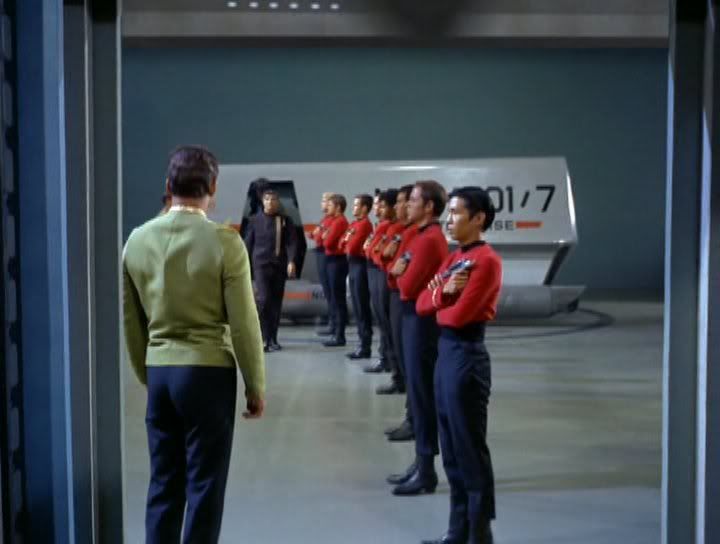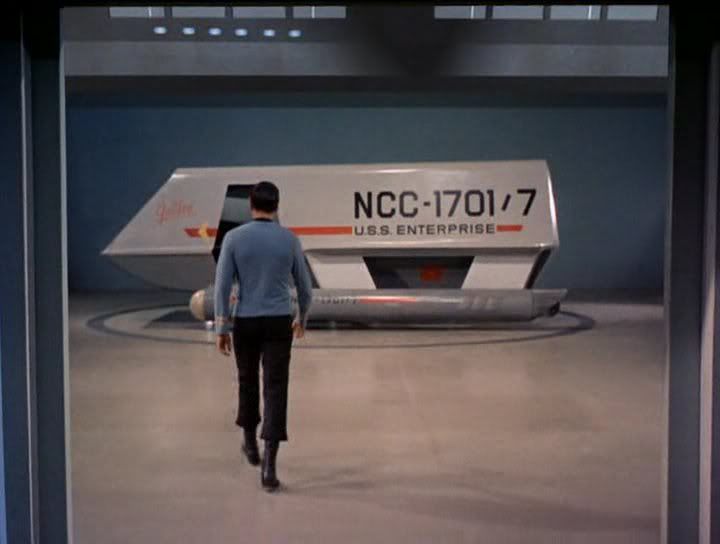@Cary: Why are you talking to all of us like we agree with Timo? I agree with you that there is a limited capacity to the life support system - I just don't think it is quite as tight as you seem to. Which seems to be blssdwlf's position, as well.
Ah, the joys of the internet... where every posting seems to be personal. In fact, this was (as Timo noted) a response to his own post, primarily.
I believe the point you make about them being working spacecraft is a good one regarding the shuttles, though, so I've decided that I believe they could probably only handle double (not triple) their intended crew, now.
I'm just very aware of how tight aerospace design work is re: mass. I've had to spend ludicrous amounts of time, in the past, trying to squeeze out a few ounces of metal from a housing, for instance... balancing that fine razor's-edge between "strong enough to do the job it needs to do" and "as light and small as possible."
The idea of "200% overdesign" or more is just a total anathema to me. Yes, you do that on land-based hardware all the time. It's trivial, and it's the easiest way to make sure you have a safe design.
Example - designing a boiler. The boiler needs to be 3/16" thick "idealized" aluminum in order to support the cycling pressure inside that boiler for its design life without fatigue or rupture. Standard practice is to then just make it twice as thick... 3/8"... which compensates for flaws in the material and manufacturing defects, and allows it to survive overpressure events with a high likelihood of success.
This is how pretty much everything "static" gets done. You just factor in a 2x "safety factor" and you're golden. The extra mass costs something, but the reduced need to inspect and to ensure "zero defects" more than compensates for that.
Going for terrestrial vehicles... autos and the like... you're still able to add more mass. Not AS much, because you're trying to get good fuel economy, but it's still more practical to just "overdesign."
But when you get into aerospace, you no longer have that option. Every single ounce of mass is a HUGE cost... in terms of energy consumption for the vehicle, in terms of efficiency of operation, in terms of vehicle range, in terms of survivability... basically every element is adversely impacted by added mass.
So... you design things very closely... on the "razor's edge" so to speak. You have ONLY as much as you need, in order to meet your mission profile, and not one ounce more.
So... I guess what we're talking about is "what is the mission profile of the Enterprise?"
Is the Enterprise intended to be a cargo carrier? It is intended to be an evacuation vessel?
To me, the Enterprise and her eleven "explorer refit" heavy cruiser sister ships are designed to be long-range explorers, combining the miltary/tactical aspects of the "non-explorer-refit" cruisers but incorporating the full resources of a medium survey survey vessel as well.
The ship isn't THAT large, really... and there are a lot of people already packed into that volume, and a lot of equipment and resources. EXACTLY the list of personnel and hardware required to do the job the ship is expected to perform.
Imagine yourself as a Starfleet admiral. You're running a "mission profile" meeting for a new class of ship... a refit of an earlier hull, like the 1701 (series) or perhaps a new-build hull... it doesn't matter. You know the "base" performance stats of the ship.
Now... you have to balance range, speed, efficiency, and so forth... the "generic" characteristics... and the specific missions you want the ship to perform.
The question, I guess, is "is the main role of this ship to be a personnel transport" or is it to be a patrol combatant with full survey capabilities? If you decide it needs the extra "headroom" to handle lots of extra passengers, what will this cost you... range? Yep. Speed and maneuverability? Yep. So... then... combat survivability? Yep.
Maybe, as a fleet admiral, you see those costs to be worth it. But you have to look at the costs, and decide... what's most important to you in this class of ship.
You can't just say "I want it all, with no cost."
Trust me, I've worked for engineering directors who say stuff like that... but nobody competent would ever think any such thing.






 ! Okay, that's when you bring in the B-story.
! Okay, that's when you bring in the B-story. 


